Search Engine Optimisation or SEO has always been of paramount importance when it comes to establishing the presence of a website, online business or e-commerce portal on Google and other leading search engines. When it comes to ensuring an effective SEO strategy, there are a few aspects that need the attention of website owners and developers. These include –
-
Use of appropriate keywords
-
Use of unique and relevant content
-
Use of well-designed meta tags and titles
-
Social media optimisation
-
Optimisation of the site for mobile and other hand-held devices
-
An adequate number of backlinks
While most of the above-mentioned aspects can be conveniently managed, one aspect that needs the special attention of website managers is Backlinks. Before we delve deeper into the nuances of backlinking, let us first understand what exactly a backlink is.
Backlinks
By definition, a backlink is an external link to a web resource. This resource may be a web page, website, or even a web directory. Essentially, a backlink may be considered as a citation to the web resource that helps drive traffic to the same.
Good and Bad Backlinks
As per Google’s Guidelines for Webmasters, only a backlink that exists naturally is considered to be a good backlink. This implies that the link must be offered by a credible website, and must be relevant to the piece of information that it is offered with.
There are some backlinks, which are essentially spams, as they are mentioned of sites that are either not indexed by Google, or are solely made with the purpose of link building. Such links are a part of the Black Hat Techniques for SEO and are highly discouraged, as they offer little to no value to the user. In fact, such links end up misleading the user to a site that is irrelevant to him.
As per Google’s Guidelines for Webmasters, “Any links intended to manipulate PageRank or a site’s ranking in Google search results may be considered part of a link scheme and a violation of Google’s Webmaster Guidelines. This includes any behavior that manipulates links to your site or outgoing links from your site.”
Here, ‘may’ is the keyword. Google will not flag each and every effort towards bettering the site ranking but may penalize some of these efforts. In the same article, it is further stated, “The best way to get other sites to create high-quality, relevant links to yours is to create unique, relevant content that can naturally gain popularity in the Internet community. Creating good content pays off: Links are usually editorial votes given by choice, and the more useful content you have, the greater the chances someone else will find that content valuable to their readers and link to it.”
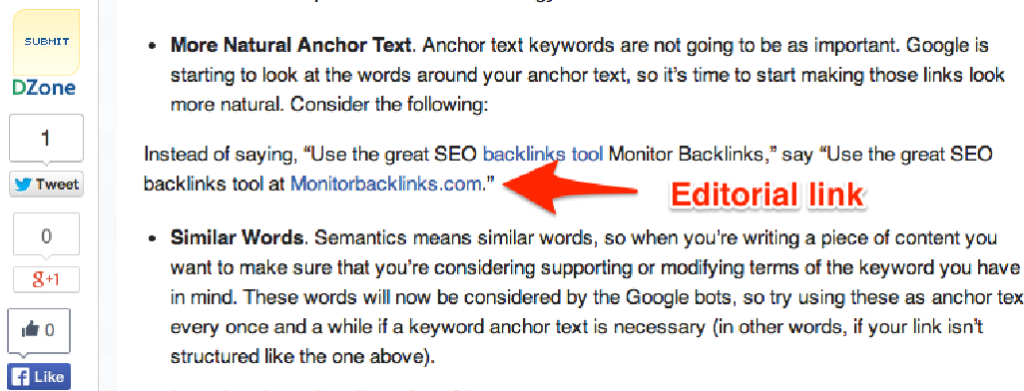
This makes it fairly clear that the categorization of a link, into good or bad, is primarily dependent on the fact that whether a link comes from a relevant source or not. Again, if a link is editorial in nature, and is offered by the means of choice, it is considered to be high-quality. Goes without saying, if the links are good, the more the better. If they are low in quality, you thrive in their complete absence.
Now, to be clear, you must understand that not every link that is non-editorial in nature is bad. These include –
-
Links from your social media pages to your website
-
Link to your website from repurposed content such as a video or SlideShare
-
Link that is syndicated on an authority site (See the image below to understand the features of an authority site)
Toxic Backlinks
While a large majority of backlinks can be categorized as good or bad, there are certain backlinks that are downright toxic. The term toxic is used here, because if not taken care of, such links may invite a penalty from Google (Penguin). So, how do you know if a link is toxic? An ideal way to know this is by taking a look at each of the external links to your website/ webpage and checking if they come from –
-
A spam site which has been created for the purpose of building links
-
A site which comprises virus or malware
-
A site that is NOT indexed by Google.
-
A link building network.
The Reason Behind Toxic Backlinks
If your link profile exhibits more than just a few spammy or toxic backlinks, chances are that the company you hired for the SEO of your website is to be blamed. This may come as a shocker, but it is known that some SEO firms resort to gathering spammy links in a bid to flatter their clients with an instant boost in ranks. While the gratification may seem impressive at first, the consequences it will lead to is definitely not something that you would want to witness. Hence, if you have ever worked with or are currently in ties with such a company, it is better to say goodbye to it at the earliest.
Of course, there are times, when such toxic backlinks are created by a spammer.
Remember, Google is a blessing for all businesses looking for success on the digital platform, but if the Guidelines for Webmasters are not adhered to, it may turn into a nightmare, that too at the drop of a hat. Hence, it is in your best interest to be associated only with those companies that are complaint and rely on the best practices (White Hat SEO Techniques) to help your website gain the much-desired boost in rankings.
Google Link Penalties
So, why the fuss about these toxic backlinks? What are the penalties related to them? And can these penalties really have an adverse impact on your website? Let us find out.
To begin with, there are two ways in which your website can be penalized. One is Manual, and the other is Algorithmic.
Manual Link Spam Penalty
Google has a dedicated team that reviews the link profile for every website/webpage. If a member of this team stumbles upon a bad link, he may impose a manual penalty on your site. This may be as a result of a report from one of your competitors. It might also be due to an algorithmic detection of some discrepancy in your link profile that calls for a manual review. In some cases, sites which are a part of the niche that is closely monitored by Google also attract such penalties.
That being said, for all you know it could be just a simple case of bad luck, that one of the external links to your site turned out to be bad.
If this happens, you will be duly notified via your Google Search Console. If you’re in luck, you’ll receive a warning, if not your site will be downright penalized. A warning from Google will look something like this –
Algorithmic Link Spam Penalty
In this case, instead of a human reviewing your site, it will be Google’s notorious Penguin Filter. This again is a result of a detailed review of your link profile. Given that it is an automatic process, the chances of any website attracting a Penguin Penalty is much more than that of being hit by a Manual Penalty.
In this case, you will not receive any notification. However, the penalty will be more than obvious since the flow of organic traffic to your website will exhibit a drastic decline!
The Result
No matter the type of penalty you’re inflicted with, it will result in a staggering decline in the organic traffic of your website.
Moreover, if the number of toxic links to your site is beyond reasonable, your site may be flagged and completely de-indexed. This will mean that within a matter of few seconds of getting flagged, there will be no trace of your website on the search engine. Right from your domain name to the keyword searches, nothing will bring up your website. It will simply vanish away.
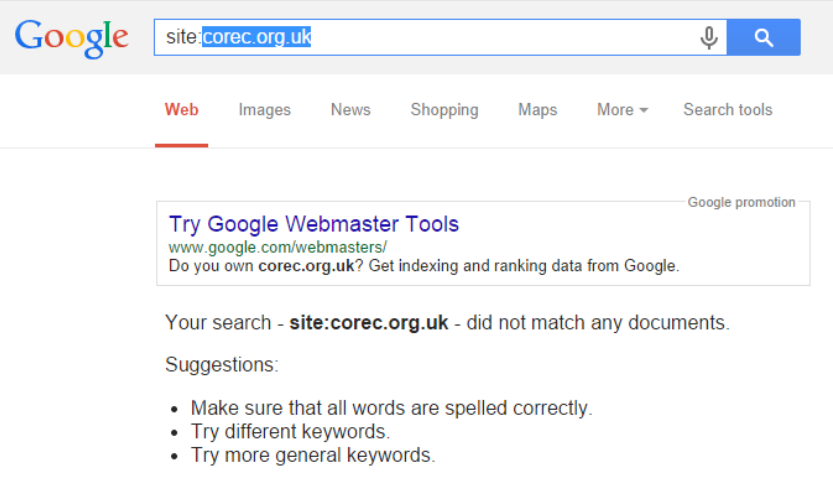
Now that’s a consequence, you do not wish to face on any condition. It will adversely impact your reputation and lead your business to incur unexpected losses.
How to Find Toxic Backlinks
Since toxic links can truly impact your website in a more than adverse manner, it is best that you find them out before Google does. So, how exactly do you do that? Well, there are two ways to go about it –
-
Ask Your SEO Company
If you think that your SEO company might have indulged in certain suspicious web activity or resorted to paying spammers for link building, then inquire about the same. Chances are, they will agree to it and help you take the requisite measures.
-
Pull Up Your Backlink Profile
If you don’t want to play the blame game, simply review your backlink profile. Go through each link, and look out for ones that seem dubious. You can find these links by checking your website’s Google Webmaster Tools. Here you will find a sampling of the backlinks under the ‘Traffic’ section, by clicking on ‘Links to Your Site’ and then opting for ‘More’.
However, if you wish to see an exhaustive list, you will need to use the services of Ahrefs, SEO Moz or other such link checking service.
When you finally get your hands on the comprehensive list, here’s how you will come to understand if a link is suspicious or not. A bad link almost always comes from –
-
Spammy/ porn/ payday loan/ gambling site
-
A site that is irrelevant to your business
-
Site that is fairly new
-
A site that has no Page Rank
-
A site that shows a virus/malware warning
-
Link network
-
A site that isn’t indexed by Google
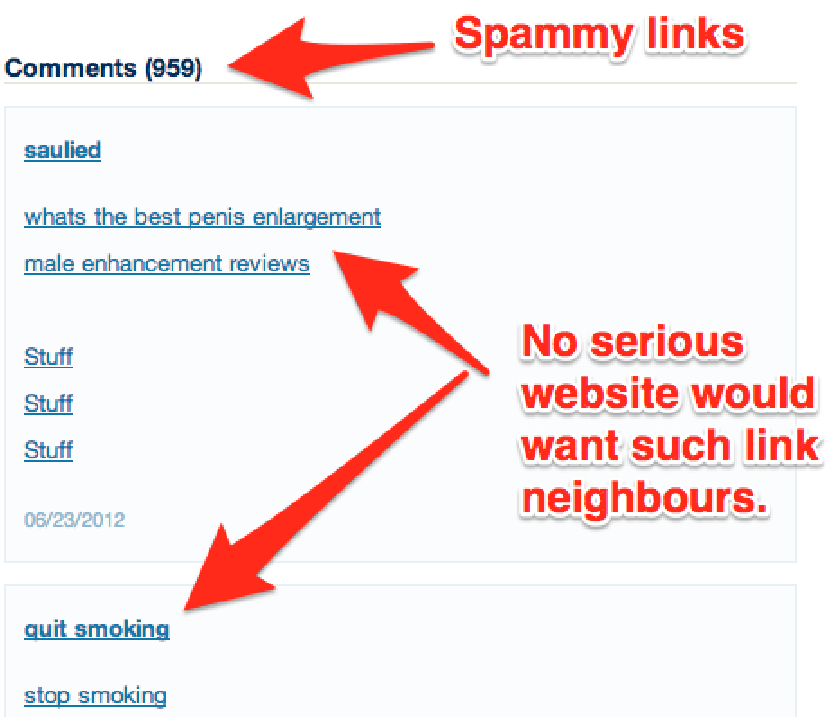
If you don’t find any such links, thank your stars. If you do, get in touch with an expert and get them removed at the earliest possible. It is best that you take these measures as soon as you can so that you do not have to live under the constant fear of getting a notification from Google Penguin or seeing your site de-indexed.
How to Remove Toxic Backlinks
Now that you have a list of the backlinks that are supposedly doing more harm than good to your website, you must take prompt action to remove all such links. In order to do so, you will need to take one or more of the following measures –
-
Delete the Bad Links
In case you own one or more sites which hold external backlinks to your primary sites, delete these links on your own. You can also ask your web developer to do so.
-
Request the Site Owners
More often than not, the toxic links are present on sites owned by others. In such a case, you can try and contact the owners of such sites, and request them to take down the backlinks. Though this is easier said than done, with a little persistence from your end it should be taken care of. When you do so, make sure that you document the efforts taken to contact the site owners. If need be, you can use this as a proof to make your case to Google.
-
Take Down the Website
If you’re new to the online world or your website is fairly new, it makes more sense to simply take down your website rather than investing your resources in rectifying the backlink situation. While this may seem to be a big step to think off, it will definitely be worth your while.
-
Disavow the Links
If you’re unable to get the toxic links removed from a website or webpage, you can make use of the Disavow Tool from Google. This tool will indicate the crawlers to determine the page rank for your website without taking the bad links into consideration. This, however, should be used only as a last resort, Moreover, it is highly advisable that this tool is only used by advanced webmasters, that too when it is absolutely necessary.
After the Removal of Backlinks
Once you’ve deleted or removed all the questionable external links to your website, you need to ensure that the same is brought to Google’s attention. To do so, you must file a request for reconsideration. In your request, you need to –
-
Admit to having toxic backlinks
-
Explain the steps you took to rectify the error
-
Give assurance of adhering to White Hat SEO techniques only
Make sure your request is as detailed and genuine as possible. Once you have filed the same, you can expect a waiting time of anywhere between 1 to 3 weeks, before receiving a reply from Google.
While his entire exercise might seem to be daunting, it is more than important for your website. Not only will it help the website to rank well, but will also keep it safe from being flagged unnecessarily by Google.
How to Avoid Toxic Link Building
If you wish to stay in Google’s good books, it is best to avoid the use of any of the unscrupulous methods of link building mentioned below.
-
Spam Comments
It is one of the most used Black Hat Techniques for link building, which comprises of using an automated software to leave the link to a website in the comment section of a blog. What makes this technique so widespread is the fact that most blog owners do not take stringent measures to moderate the comments. Even if they do, there are numerous blogs on which the number of comments is way too high to be filtered with caution. This is something that isn’t taken lightly be Penguin and may become a cause for your website to be flagged.
Of course, if the comment is relevant and is posted manually along with a subtext that makes it relatable to the blog, it is more than appreciated, both by the site owner as well as Google.
-
Spin Articles/Blogs
Article spinning is the act of generating numerous articles by simply spinning around the words from a parent article. What it essentially does is create a number of ‘unique’ articles. These are then posted on directories along with a backlink to your website. While this may generate more than a few users to your website, these articles will, sooner rather than later, flagged by Google and put your website in serious trouble. The reason behind this is simple. In the process of spinning, the articles which seem to be unique end up being completely sensed less and are full of semantic as well as grammatical errors.
-
Unscrupulous Paid Links
Paid links, per say, are not bad. However, there are some paid links that are not tolerated by Google. These include –
-
Non-Editorial Links
-
Links that pass PageRank
In order for Google to consider a paid link as good, it must include rel=“nofollow” attribute. If not, it is considered to be a red flag. More often than not, Google is unable to identify every paid link. However, the unscrupulous links that attract Google’s attention almost instantaneously, include those which are found-
-
On unrelated sites
-
In the form of anchor text links
-
On web pages with footprints stating ‘sponsored posts’
-
Forum Spam
While becoming an active member of a forum that is relevant to the content on your site is a brilliant White Hat Technique, spamming numerous forms with links to your website is not. In fact, it is something that you should avoid at all costs. Then again, there are some SEO companies which advocate the creation of multiple profiles on each forum and then posting the links to your website, either in the body of a comment or post or as a part of the signature. All of this is usually taken care by a software, and in some cases manually.
No matter the way of doing so, this link building trick is a strict no-no if you want a long and prosperous life for your website.
-
Links from Hacked Sites
Now, this is self-explanatory. In no condition should you a major chunk of your external links must come from a link farm site, which is essentially designed to offer backlinks and nothing more. Then again, links from irrelevant places such as Porn Sites or Gambling Sites must strictly not be a part of your link profile. Not only can such a practice lead you to unwanted penalization, but may also land you in legal troubles.
-
Bulk Submission to Directories
Only if a directory is extremely reputable, or is known to offer credible links for websites of a particular niche should you think of submitting your link? All other directories, especially those who do not have a filtering process in place will only do harm to your website in the long run. Moreover, most directories charge a fee towards the submission, which makes it all the more important for you to submit only to the most reliable and worthy directories and not waste your money on the undeserving ones.
-
Reciprocal Link Building
Reciprocal link building refers to one site talking about another one in the same nice and the latter, in turn offering a link to the former. While this is a healthy practice and can work wonders with respect to SEO, if you go around crying for attention on all blogs and websites without any consideration for niche or industry, it will cause you harm in the long run.
Remember, relevance is the key here. If the site you’re targeting is non-relevant to your content there is more harm than good, and vice-versa.
-
Scaled Guest Posting
Using guest posting as an SEO Tool is commonplace. Not only is it a great way to build a trust-based relationship with the author of the blog, but is also helpful in making other readers of the blog aware of your own digital presence. Of course, in the process, one can expect to build some authority building links in the process.
That being said, scaled guest posing, wherein without any regard to quality or relevance bulk postings are created with the exact same anchor text and anchor links is a problem. Google doesn’t tolerate this and has even gone after some high-profile communities in the world of blogging and de-indexed them completely.
Even if your site isn’t de-indexed, it will stand a chance of getting penalized, which is equally bad for your reputation.
-
Links from Foreign Sites
While it is completely okay to get a link from a website that doesn’t belong to your own country but getting links from sites that are essentially designed in a language different than yours is not advisable. There are numerous foreign language sites that are low in quality, and if linked from them, your website will stand a chance to get flagged. Such sites are often suffixed by .cn, .ru etc.
That being said, if a foreign language site that is reputable and has content relevant to your site. And hosts a link to your site, it should be completely fine, and in fact great for your SEO.
-
Private Blog Networks
For those who are new to this term, such a network comprises of numerous blogs owned by a single entity. A private blog network is essentially created as a link building technique. Though it seems to be a cheaper and easier alternative to manual/organic link building. However, in the year 2014, Google spotted this and took action against all such networks. In fact, even today, Google is adamant about detecting the private blog networks and shutting them down by the way issuing manual penalties.
For all you know, though successful in many cases, a private network is a high-risk strategy that is best left unused.
The Takeaways
Link building is something that definitely helps increase the rank of a website on the SERPs, but only when done ethically. In order to do so, it is more than obvious that a site owner has to take s=certain efforts, which include –
-
Creating fresh, unique and relatable content on a regular basis.
-
Promoting the content on his site and requesting people/websites from the same domain to link to it.
-
Submitting the links to reputable directories which have a stringent filtering process.
-
Issuing press releases with news-worthy content along with the link to the website.
-
Releasing infographics and other content such as GIFs, videos etc., that attracts the attention of audiences as well as other bloggers.
-
Using guest posting and forum participation in a moderate and authentic way.
In a nutshell, any promotional activity that is regulated in nature and concentrates towards building your brand will lead to the creation of high-quality links. Not only will it drive referral traffic towards your site, but will also help improve your site’s ranking.
On the contrary, if the promotional activities are unregulated and exceed a reasonable quantum, though it will offer an initial boost to your ranking. It will eventually attract the attention of Google’s Penguin and may result in penalization or even de-indexing of your site.
Now that you’re aware of the nuances of ethical and Black Hat Techniques of link building, the ultimate choice is yours!



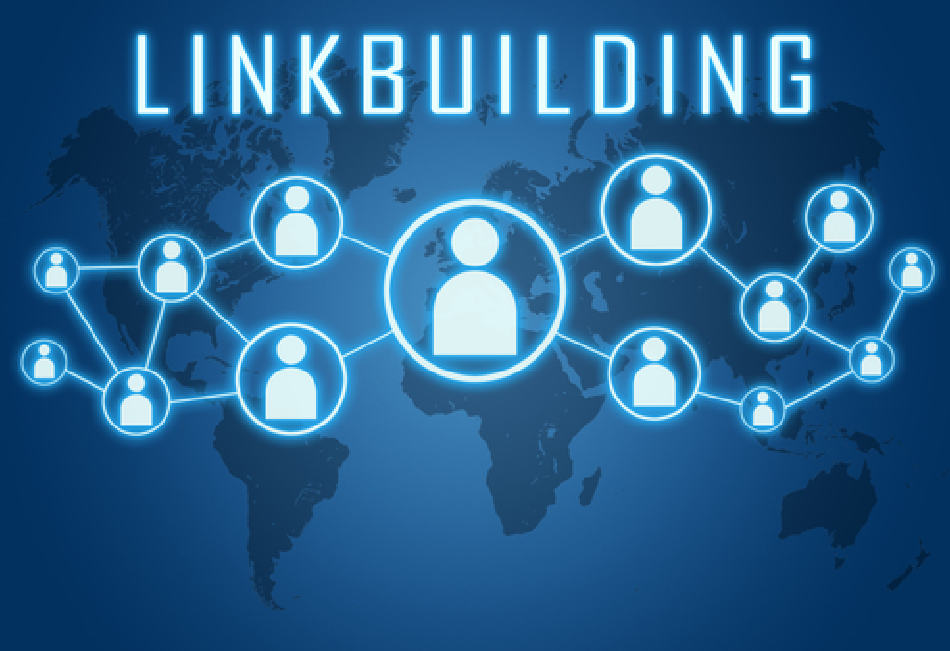
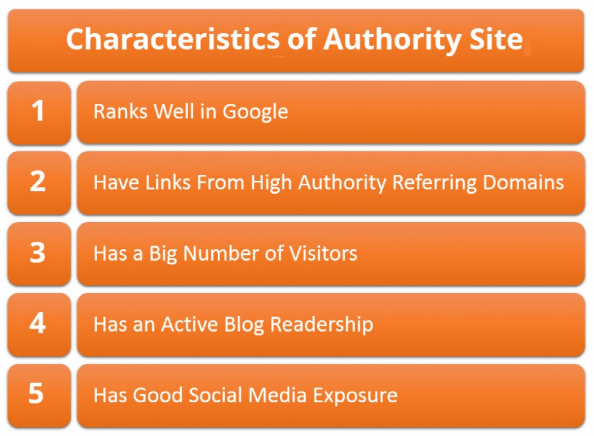







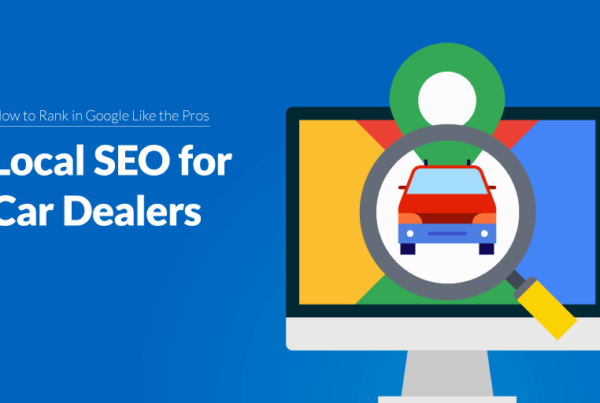



Pingback: URL()